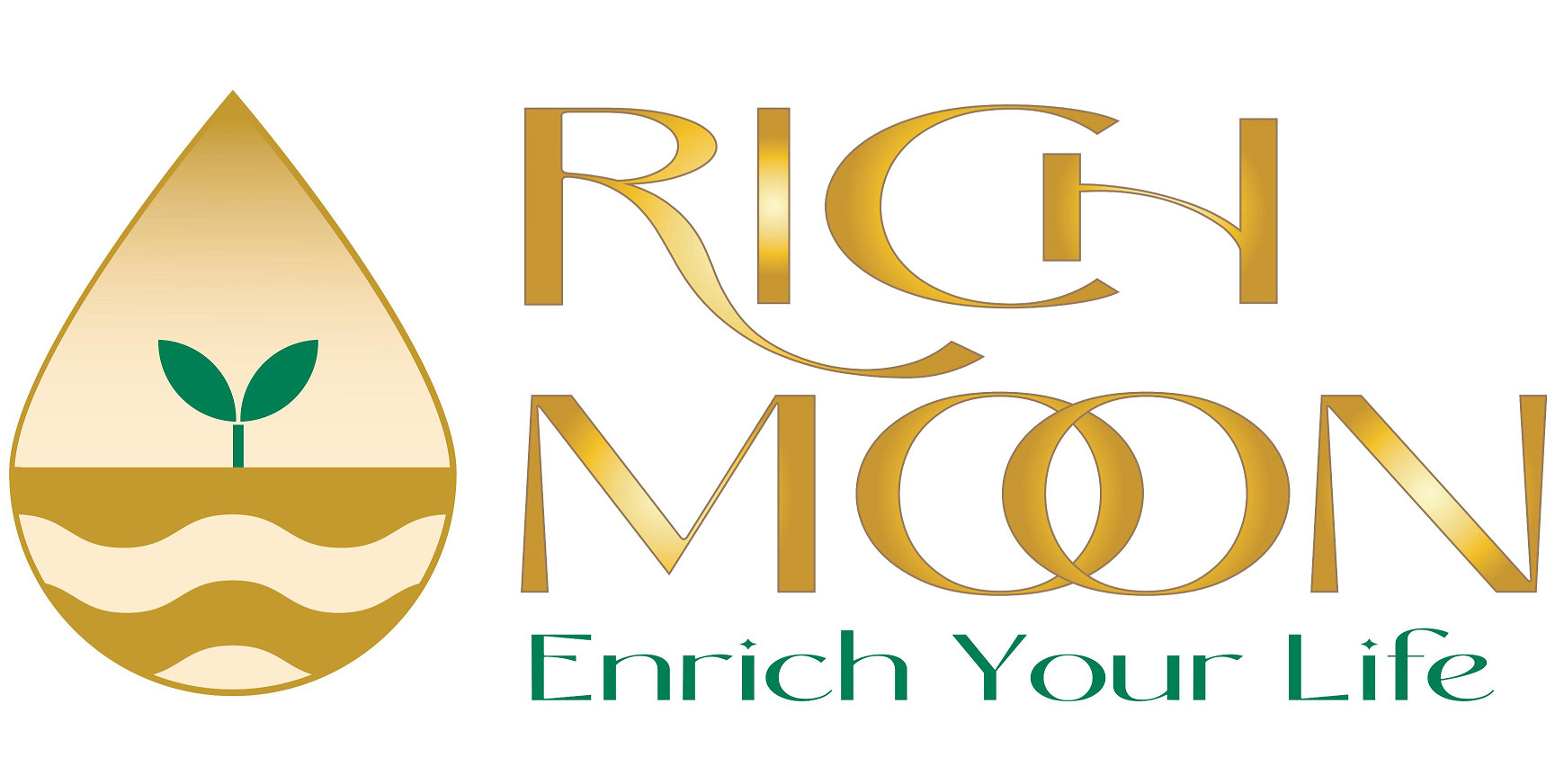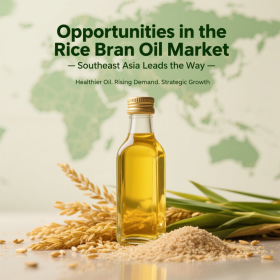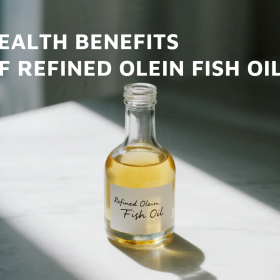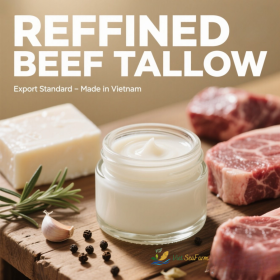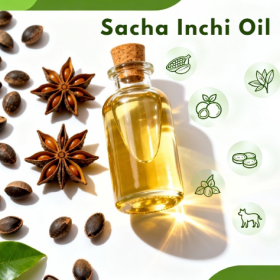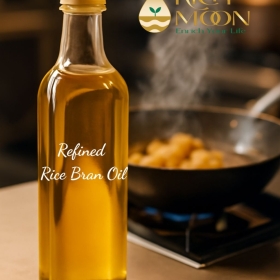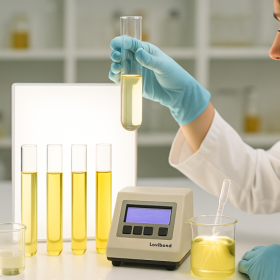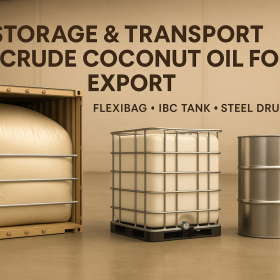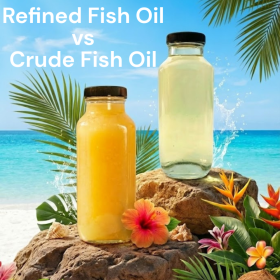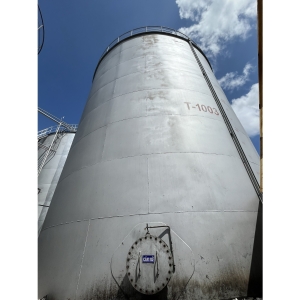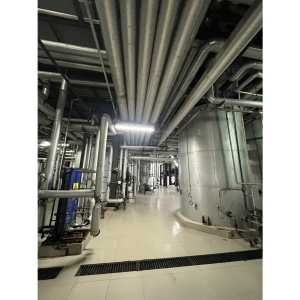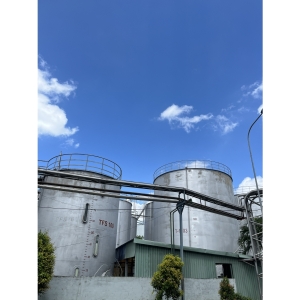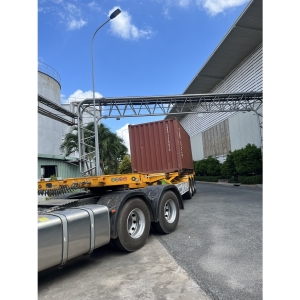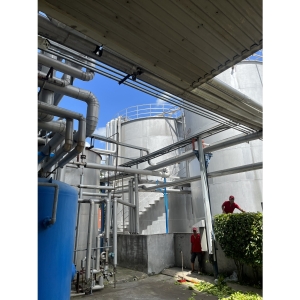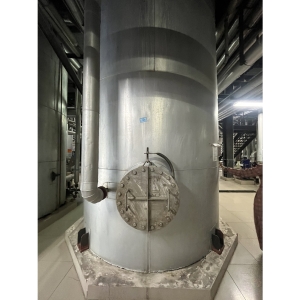FISH FAT - Unknown things about fish fat ingredients in biodiesel production in Vietnam ( Part 1 )
1. BIOLOGICAL CHARACTERISTICS OF PANA AND BASA FISH
In fact, there is still confusion between the names of two species of basa fish and pangasius. Therefore, to accurately survey the source of fish fat raw materials for biodiesel production, it is necessary to clearly distinguish the biological characteristics of these two fish species to identify the influence of the farming environment on the quality of fish fat. , as well as issues that must be handled for industrial biodiesel production.
Yellowtail catfish (English name: Yellowtail catfish) is a species traditionally raised in rafts on the Mekong River in Vietnam, Laos, Thailand and Cambodia. Pangasius (English name: Shutchi catfish) was previously raised in ponds in the Southern Delta of Vietnam.
In terms of classification, these two species belong to the catfish order (Siluriformes), pangasius family (Pangasidae), species Pangasius. Catfish (Pangasius hypophthalmus) and basa fish (Pangasius bocourti) are both catfish (scaleless). The fish lives mainly in freshwater, can tolerate light brackish water (salinity below 10%) and alum water (pH>4).
Pangasius has an accessory respiratory organ that can breathe through bladders and skin, so it can withstand water environments lacking dissolved oxygen. In contrast, basa fish is also called belly fish because it has very large fatty leaves, no auxiliary respiratory organs, and poor tolerance in water environments with low dissolved oxygen content. In addition, pangasius has the ability to adapt to many types of food such as organic humus, bran, vegetables, bottom animals, and mixed foods. Food for basa fish is usually a mixture of broken rice, bran, vegetables and shredded fish (cooked), so it is suitable for raising in rafts on strong flowing rivers. Pangasius can be raised in tight environments with high density (50 fish/m2) such as rafts, tunnel ponds, and recently in dunes and pens, which are also highly effective.
.png)
2. DEVELOPMENT SITUATION OF THE PASI AND BASA FISH FARMING INDUSTRY IN VIETNAM
There are currently two sources of farmed catfish and basa fish: caught in the wild and artificially reproduced. Pangasius and basa fish do not spawn naturally in ponds. The fish have natural spawning grounds in Cambodia, the fry follow the current to Vietnam. Every year during the rainy season, people use a funnel-shaped net called "bottom" to pick up fry from the river and raise them in ponds, stewing them into fingerlings to supply to the farming rafts. Fish fry production is decreasing due to fluctuations in environmental conditions and overexploitation by humans. Research on artificial reproduction of pangasius began in 1978 and that of basa fish in 1990. In 1996, Can Tho University, Aquaculture Research Institute II, Agifish An Giang Company researched spawning. Successfully artificially propagated basa fish, proactively solving breeding problems for basa fish farming.
The pangasius and basa fish farming industry has developed very rapidly in recent years due to the presence of export markets. Because of easy farming conditions and high export value, despite lower prices, pangasius still accounts for the majority of catfish exports in Vietnam (according to VASEP, about 90%). If in 2004, the total output of pangasius in the Mekong Delta provinces was 264,436 tons, then in 2006 it was 825,000 tons and it is forecast that by the end of 2007 it will reach about one million tons, equal to the planned output until 2010. according to predictions of the Fisheries industry. Thus, there will be about 600,000 tons of post-export by-products that need to be researched and applied to increase the efficiency of use of this aquatic resource.
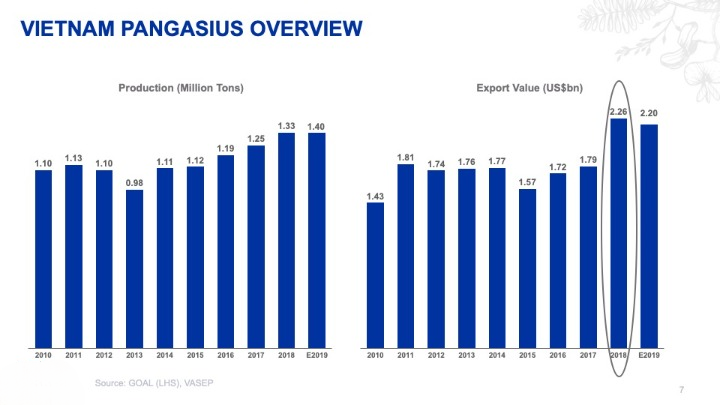
Mobile: (+84) 869 837 181 (WhatsApp, Wechat,...)
Email: info@vietseafarm.com.vn
Tel: (+84) 903 354 981 Fax: (+84) 903 354 981
Views: 1790
